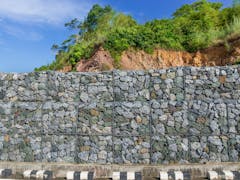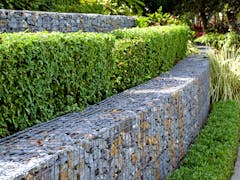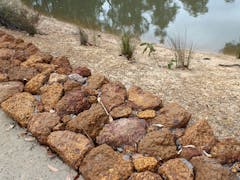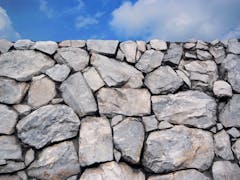Cape Byron Stone Masonry
Upper Burringbar, NSW 2483
About
Cape Byron Stone Masonry specialises in crafting premium stone walls and structures, combining precision and expertise to deliver exceptional results. Serving commercial, residential, and landscaping projects, we focus on strong foundations, detailed craftsmanship, and timeless durability. With innovative techniques and a commitment to quality, Cape Byron Stone Masonry creates stonework built to last.
Services
- Stone Wall Construction
- Rock Wall Foundations
- Custom Stone Structures
- Formwork & Mortar Preparation
- Restoration & Repairs
Interested in Cape Byron Stone Masonry?
Is this your business?
Verify your listing to gain access to leads, update your profile and add more services and machines.
Verify NowMachines & Services
Services (4)
Locations
- 24 Redgate Rd, South Golden Beach NSW 2483, Australia









